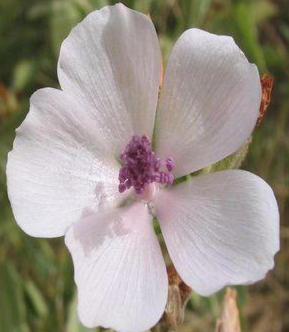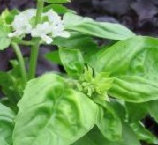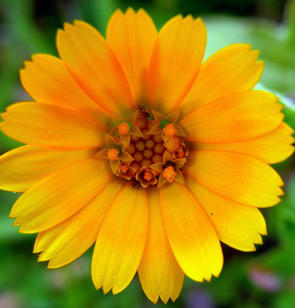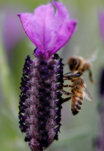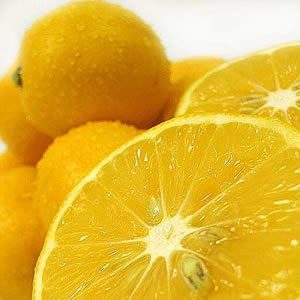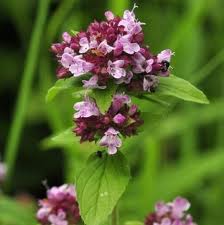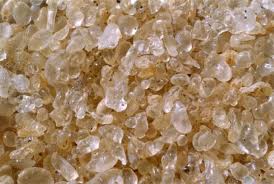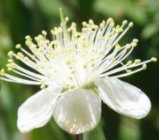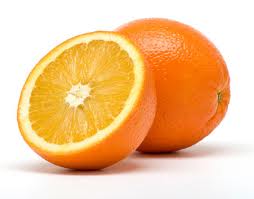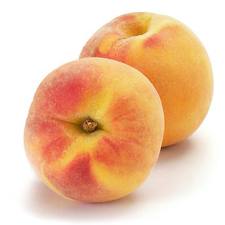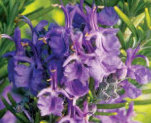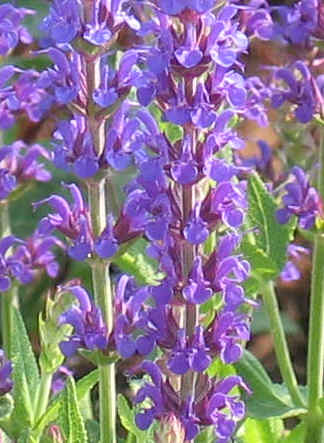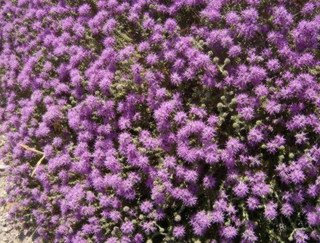
Peppermint (mentha piperita)
Peppermint is a hybrid mint plant, indigenous to Europe. Mythology and History The genus Mentha was named after the Greek nymph Minthe. Legend has it that Minthe was the lover of Pluto, the God of the Greek underworld. When Pluto’s wife heard of the affair, she murdered Minthe in a fit of rage and jealousy. In remembrance of Minthe, Pluto brought her back to life as a fragrant plant. The name peppermint is from the species name piperita meaning “peppery” which distinguishes peppermint from other forms of mint. |
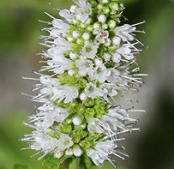 |
Peppermint has a long history of unique uses. Aristotle referenced peppermint in his writings as an aphrodisiac. Alexander the Great forbade his soldiers to have peppermint because it was thought to promote erotic thoughts and deplete soldiers of the desire to fight.
Peppermint has a long tradition of medicinal use, with archaeological evidence placing its use at least as far back as ten thousand years ago.
Athens, where every part of the body was perfumed with a different scent, mint was specially designated to the arms.
Health Benefits & Modern Medicinal uses
It is used for a variety of health conditions, including nausea, indigestion, and cold symptoms, as it provides a sensation of coolness and easier breathing. Peppermint with its high concentration of menthol is good for skin and the scalp. It is commonly used in soap, shampoo and toothpaste.
Also, is included in skin balms, to help increase the flow of blood to alleviate muscle aches. It's antiseptic and antibacterial properties prevents or relieve skin problems such as athlete's foot, acne, itchy skin and other skin problems. Added to creams or lotions, Peppermint improves dry, dull looking skin and helps lessen red and blotchy skin. Infusions tone and refresh the face. It regulates and normalizes oily skin and hair.
Peppermint soothes, cools and invigorates the scalp and alleviates dry, flaky, itchy scalp conditions. In oral care, it's antiseptic and anti-bacterial properties freshens breath and promotes gum health. It is the oldest and most popular flavoring for toothpaste and gum.
Links:
American Botanical Council
National Center for Complementary and Alternative Medicine US
University of Maryland – Medical Center

